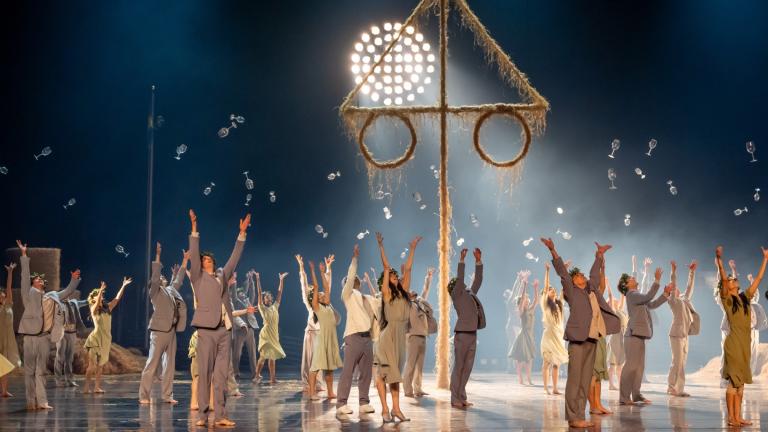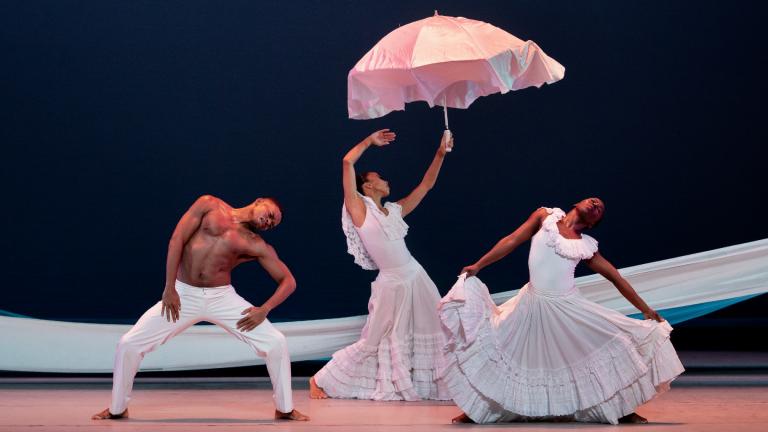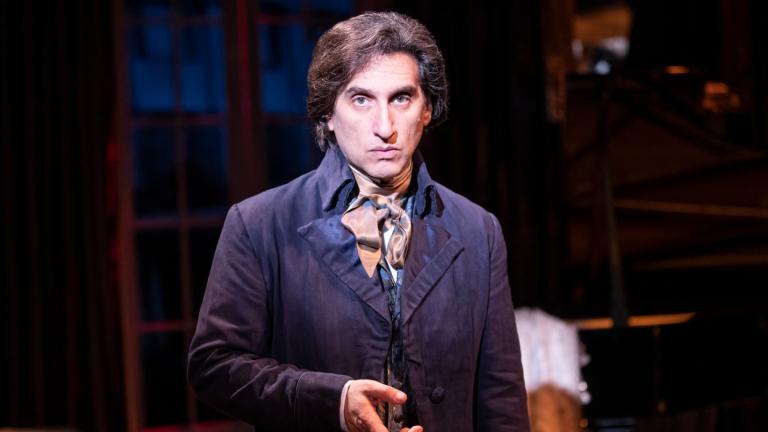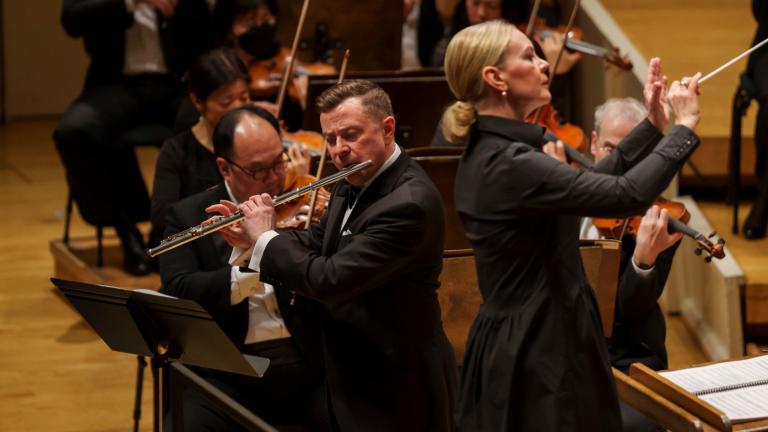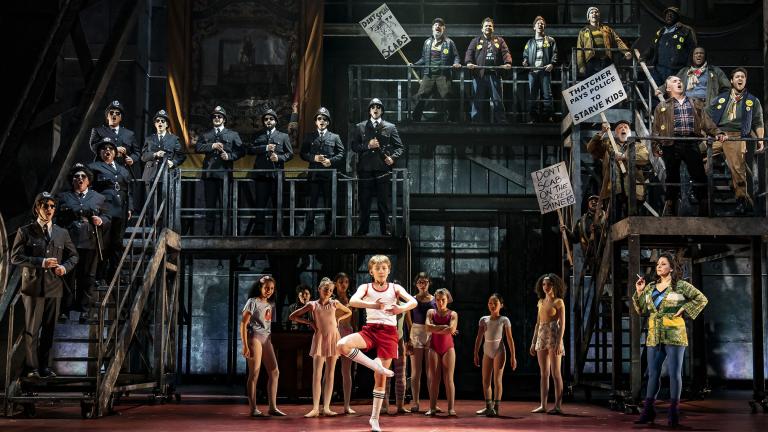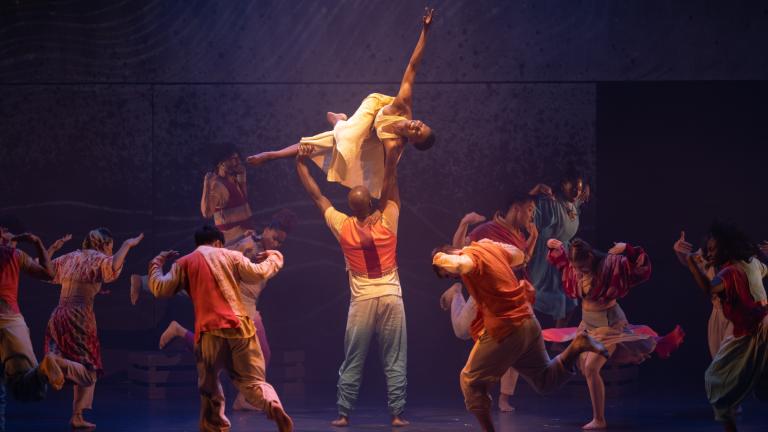 Yefim Bronfman is pictured in a provided publicity photo. (Credit: Frank Stewart)
Yefim Bronfman is pictured in a provided publicity photo. (Credit: Frank Stewart)
Strange as it may be, my first encounter with Yefim Bronfman, the powerhouse Soviet-born Israeli-American pianist who gave a knockout performance Sunday afternoon at Orchestra Hall, was not in a concert hall at all.
As it happens, it was in a book — Philip Roth’s 2000 novel, “The Human Stain,” in which the writer had his narrator describe a rehearsal at the Tanglewood Music Festival.
To quote just a brief part of his description of the experience: “Then Bronfman appears. Bronfman the brontosaur! Mr. Fortissimo.” And he goes on to describe him as “the strongman who takes on the piano as a ridiculous challenge to the gargantuan strength he revels in. He doesn’t let that piano conceal a thing. Whatever’s in there is going to come out with its hands in the air.”
I cannot possibly match Roth’s description — only applaud it. But the real applause belongs to Bronfman who began his program with galvanic renderings of Beethoven’s “Sonata No. 11 in B-Flat Major” and “Sonato No. 23 in F-Minor,” opened the second half with a fascinating, and clearly immensely challenging modernist work by Galina Ustvolskaya (a Russian-born composer whose music was likely a subtle form of political rebellion), and closed with a breathtaking rendering of Chopin’s “Sonata No. 3 in B Minor.” Then in the wake of the audience’s feverish ovations, he returned for encores with exquisite performances of Chopin’s “Nocturne in D-flat Major” and “Etude in C Minor.”
The combination of speed and lightness Bronfman brought to the opening of Beethoven’s “Sonata No. 11” (and Bronfman seems born to interpret Beethoven) instantly suggested the dynamic playing that was to follow throughout the performance. Bronfman’s powerful touch captured the fierce waterfall of notes that drove the great engine of Beethoven’s opening movement. But he also shifted ideally into the opening of the more internalized second movement, with his left hand supplying the ideal obbligato, and with his perfect “diction” capturing the delicate beauty of that section of the work. He then easily tapped into the more playful, rippling quality of the Menuetto movement, and the intensity and quick mood shifts of the final Rondo.
“Sonata No. 23” opens in a dark mood, grows into a tornado-like storm, retreats to calmer passages and assumes tremendous grandeur. Bronfman rode its waves ideally. He then easily segued into the calmer, meditative, almost dreamy second movement before finessing the shift to a feeling of chaos and fury with remarkable speed and intensity in the finale.
For the demonically difficult work by Ustvolskaya, a composer I had never heard of before, Bronfman used what looked like a well-worn, crazily challenging score. Composed in 1957, this erratic, atonal, but intriguing piece is not a work a pianist can hum to himself, but it unquestionably sets a mood. It opens with a dissonant, haunting, nervous sound that suggests a warning of some lurking danger. It conjures feelings of anger and tension — an agitated, dissonant, perhaps paranoid state of mind full of jangled chords. There is much that can be read into this brief but upending piece, and Bronfman imbued it with the feeling that the composer had a sense of being watched, was living in her head, yet was intensely aware of what was outside.
And then came the instant elixir of Chopin. Bronfman had the lid lifted off the piano at this point (no doubt for enhanced acoustic reasons), and he proceeded to tap into the rapturous flow and sensual beauty of the “Sonata No. 3” with all its romantic heat and emotional intensity.
His fingers moved through the Scherzo movement at the speed of light — as if he were suggesting a kind of musical lacework — and then ceded to the lyrical beauty of the Largo movement with a melody familiar to anyone who has ever taken ballet adagio classes. Next came the grand opening chords of the finale and another display of Chopin’s ravishing melodic turns, at once full of urgency and power, as well as uncanny beauty, intensity and lyricism. And then it was a wild race to the end (and the encores).
Bravo, Bronfman.
Follow Hedy Weiss on Twitter: @HedyWeissCritic

